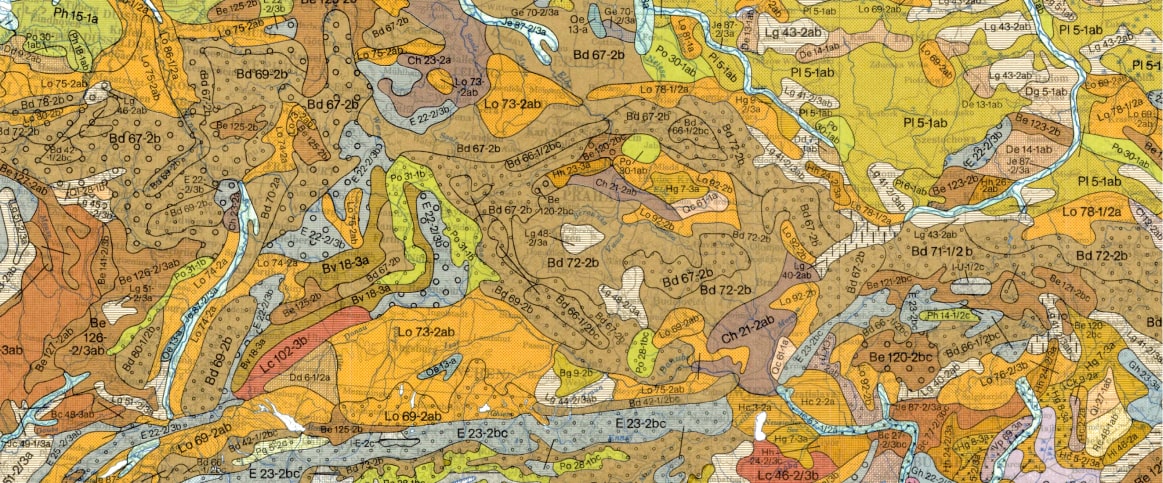Geospatial
Annotation
Accurately interpret and label complex, location-specific data.
RUN FREE PILOTTrusted by 100+ Customers



























Challenges We Solve
ML Engineers
LiDAR mislabels reduce model accuracy
Terrain variations lost in low-resolution annotations
Data Scientists
Route mapping lacks precision for optimization
Inconsistent annotations distort geospatial analysis
Geospatial Companies
Inaccurate crop boundaries affect yield forecasts
Gaps in drone imagery slow automated monitoring
GIS Specialists
3D map distortions hinder disaster response planning
Inconsistent geospatial labels reduce mapping accuracy
Geospatial Annotation Use Cases
Autonomous Vehicles
Urban Planning
Agriculture
Disaster Response
Mapping & Navigation



Annotate sensor data for safe navigation.



Map infrastructure for better city designs.



Monitor crop health to optimize yields.



Assess damage for swift emergency response.



Enhance location accuracy for optimal routing.
Autonomous Vehicles



Annotate sensor data for safe navigation.
Urban Planning



Map infrastructure for better city designs.
Agriculture



Monitor crop health to optimize yields.
Disaster Response



Assess damage for swift emergency response.
Mapping & Navigation



Enhance location accuracy for optimal routing.
How It Works
Free Pilot
Request a free sample to evaluate our geospatial annotation quality.
QA
Examine the annotated sample for accuracy and suitability.
Proposal
Get a personalized annotation project outline.
Annotation Process
Our team labels geospatial data at scale with precision.
Final Product
Receive precisely annotated geospatial data ready to implement.
Calculate Your Cost
Estimates 
Send your sample data to get the precise cost FREE
Why Projects Choose Label Your Data
No Commitment
Check our performance based on a free trial
Flexible Pricing
Pay per labeled object or per labeling hour
Tool-Agnostic
Working with every labeling tool, even your custom tools
Data Compliance
Work with a data-certified vendor: PCI DSS Level 1, ISO:2700, GDPR, CCPA
Start Free Pilot
fill up this form to send your pilot request
Thank you for contacting us!
We'll get back to you shortly
Label Your Data were genuinely interested in the success of my project, asked good questions, and were flexible in working in my proprietary software environment.
Kyle Hamilton
PhD Researcher at TU Dublin
Trusted by ML Professionals
FAQs
What is geospatial annotation?
It’s the process of labeling satellite, drone, and LiDAR data to make it usable for AI, mapping, and automation. This includes marking objects, classifying land use, or outlining roads and buildings, so machines can understand spatial data.
What are geospatial data services?
Geospatial data services involve collecting, processing, and analyzing spatial data from sources like satellites, drones, and LiDAR. These services help create accurate maps, support AI models, and improve decision-making in industries like urban planning, agriculture, and disaster response.
What is LiDAR annotation?
LiDAR annotation involves labeling 3D point cloud data to detect objects, map terrain, and improve AI models. It’s used for self-driving cars, city planning, and environmental monitoring to help machines interpret depth and distance.
What is annotation in GIS?
In GIS, annotation refers to labeling map features with text, symbols, or graphics to make spatial data easier to understand. This can include road names, elevation markers, or boundaries that help users interpret geographic information.
Do you support LiDAR and 3D point cloud annotation?
Yes, we annotate LiDAR and 3D point cloud data using point classification, 3D bounding boxes, and segmentation to ensure accuracy and reliability. Learn more about our 3D annotation services.


